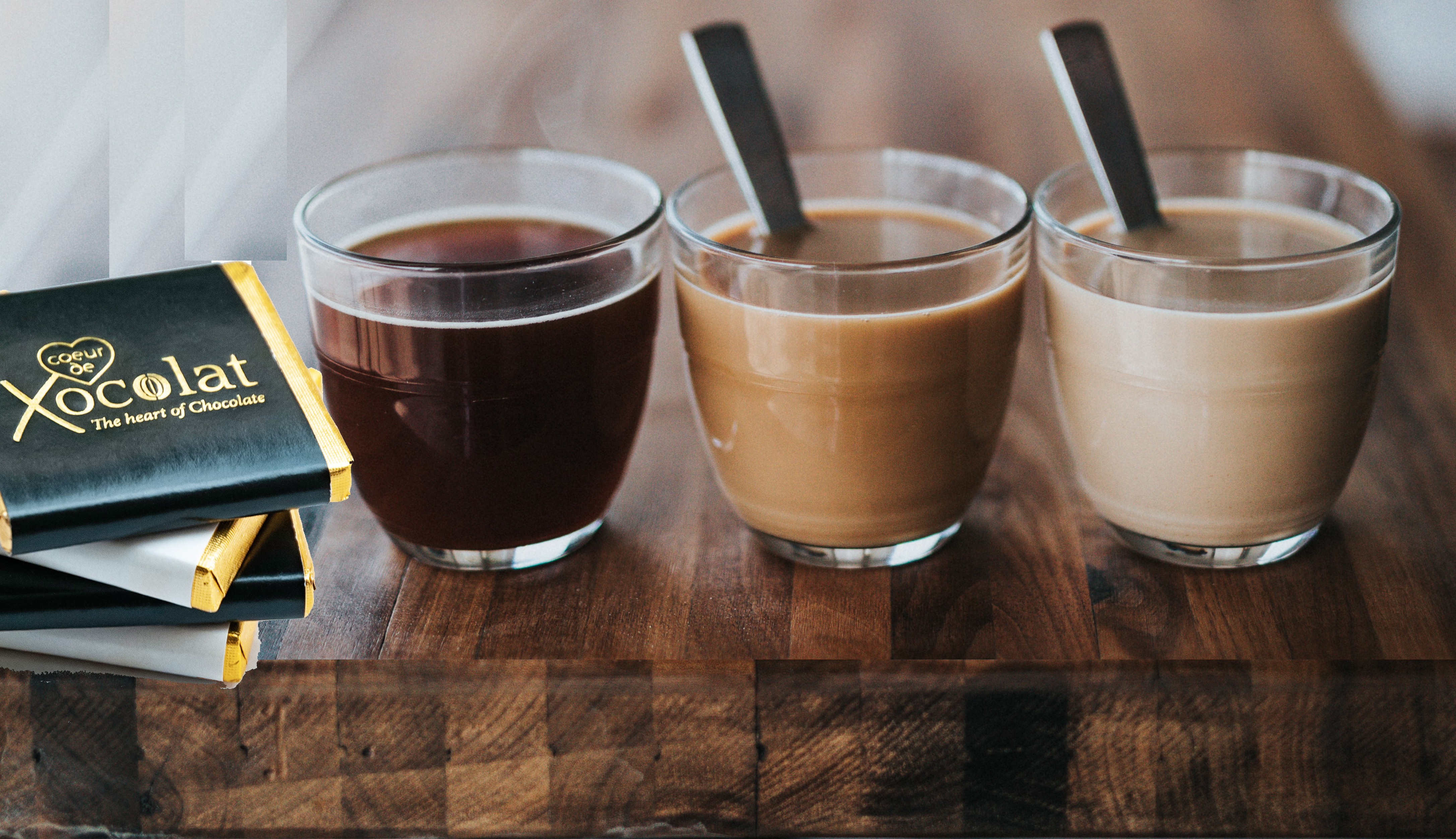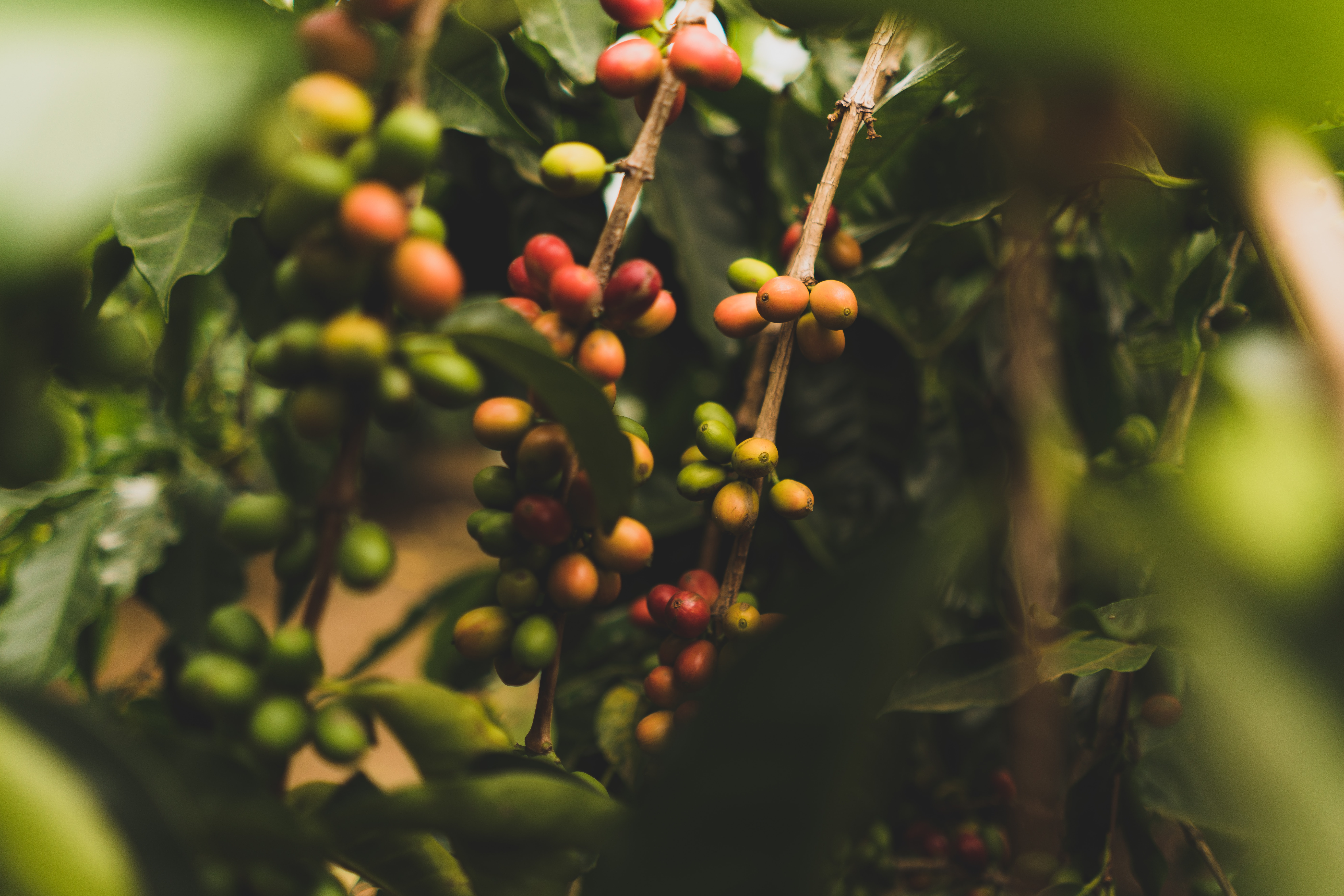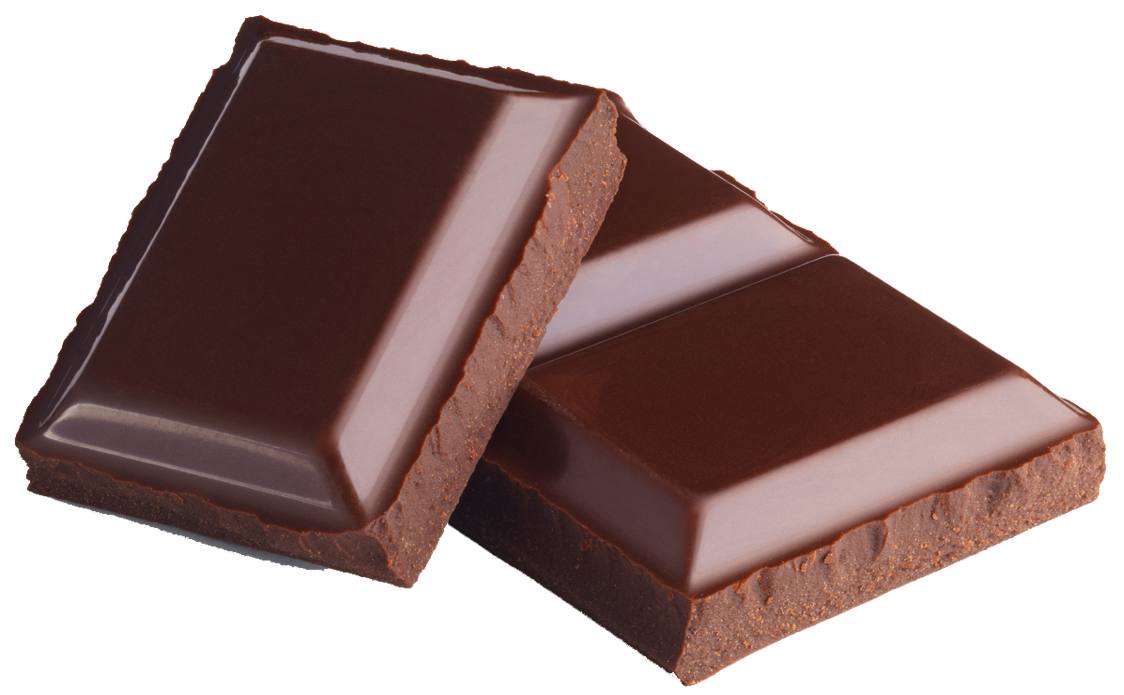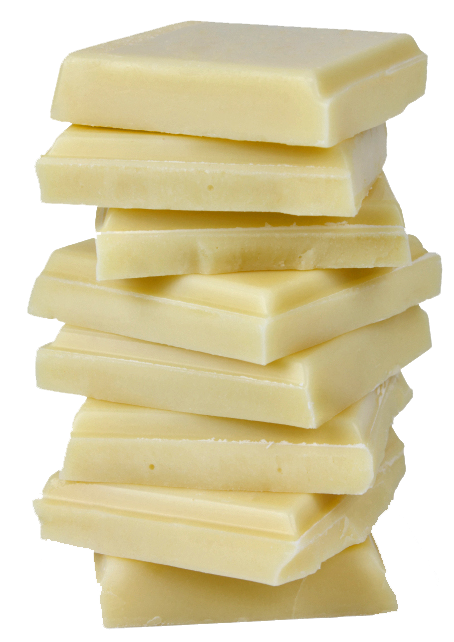 If someone asked us to choose just one ingredient to pair with our coffee, the first option most of us would go to is most likely be chocolate.
If someone asked us to choose just one ingredient to pair with our coffee, the first option most of us would go to is most likely be chocolate.
When paired thoughtfuly chocolate and coffee can create something really special!
It’s not a mystery that a chocolate hob-nob seems perfect whilst watching tv or a film, chocolate seems to call us from the cupboard and often finds its way into our hand without us even noticing.
so its not suprising that coffee is one of the most popular beverages in the United Kingdom.
It wakes the majority of us up every morning. And, well, Chocolate…
There seems to be a natural attraction between coffee and chocolate together making them a fabulous pairing, the warmth and bitterness of coffee paired with the sweet smooth richness of chocolate.
Coffee enhances the aromas of chocolate, both coffee and chocolate have a variety of unique flavours and are independently complex, when paired together, delicious combinations can be created.
 The reason cocoa and coffee have such a connection has to do with the geographicle location and their production methods being so similar.
The reason cocoa and coffee have such a connection has to do with the geographicle location and their production methods being so similar.
Coffee and cocoa come from a common latitude, both are variatals, both are seeds of a tropical fruit that are fermented, and dried at their origin, and both are carefully roasted to bring out their flavour profiles.
Done right, the righgt combination can make the finest chocolate taste richer and the best coffee feel like drops of sweet nectar in your mouth.
To get the best pairing, we need to understand the flavour, acidity, and textural components of both our coffee and our chocolate and how they work together.
If you search the internet you will find there are many ways to approach coffee and chocolate pairing, we like to start with the coffee because chocolate will coat your tounge and influence your pallete.
Look at the most dominant flavours in a coffee, the ones that most intensely interact with chocolate,
Coffee history
Coffee is grown worldwide and can trace its heritage back to the ancient coffee forests on the Ethiopian plateau.
The legend tells us that Kaldi noticed that after eating the berries from a certain tree, his goats became so energetic that they did not want to sleep at night.
Kaldi told the abbot of the local Sulfi monastery, who experimented a little and eventually made a brewed drink with the berries and found that it kept him alert and able to pray more fervently through the long hours of evening prayer.
The abbot shared his discovery with the other monks at the monastery, and knowledge of the energising berries began to spread.
Coffee reached the Arabian Peninsula whereupon it began a journey which would take these beans across the globe.
 Dark Chocolate:
Dark Chocolate:
Dark chocolate pairs excelently with Indonesian, Brazilian, Ethiopian, Guatemalan, and most dark roast coffees.
Milk Chocolate:
It's hard not to pair milk chocolate with all types of coffee, but Colombian, Kenyan, Sumatran, Yemeni, Ethiopian, and Kona work best in our opinion.
White Chocolate:
White chocolate's sweeter milder flavour needs to be paired with something like Colombian, Costa Rican, or Yemeni coffees.
Fruity and floral coffees: Africans, Costa Rican, Guatemalan, Panamanian, and Salvadoran
Coffees with strong fruit and floral tones taste exceptionally good with light and milk chocolates (less than 55% cocoa content).
Coffees with gentle, bright, delicate fruit and floral notes are easily overpowered so it is best to pair them with lighter, sweeter chocolates that complement the bean’s natural flavours without overpowering them.
Chocolate covered nuts also work particularly well with these bright, elegant brews.
Pairing ideas:
Milk chocolate with nuts, chocolate puddings, truffles with fruity liquors, chocolate-dipped fruits, and puff pastry with chocolate.
Earthy or spicy coffees:
Indonesian and Papua New Guinea
Coffees with dominant earth or spice notes taste exceptionally good with chocolates that contain a cocoa content between 50 and 70%. Earth and spice-toned coffees tend to be low in acidity and slightly heavier in mouthfeel making them wonderful compliments to slightly bitter chocolates. These coffees also provide a nice spicy contrast to chocolate with dried fruit.
Pairing ideas: Slightly bitter chocolates, chocolate with nuts / dried fruit, and salty chocolates.
Dark roasts
Dark roasts have their own flavour profiles and while certain inherent bean attributes are always present (e.g., mouthfeel and acidity level), most of the bean’s flavour notes are muted as they begin to take on the characteristics of their roast shade. Dark roasts coffees taste exceptionally good with dark chocolates. Vienna roasts, the lightest of the dark roast shades, tend to be slightly sweeter while Italian roasts, the darkest of the dark roast shades, which tend towards bitterness. French roasts, which falls between Vienna and Italian roasts, possess a combination of sweet and bitter notes and works well with nearly all dark chocolates. Most espresso blends are roasted to a French Roast shade.
Sweet dark roast pairing ideas:
Chocolates with 70% or greater cocoa content, truffles, chocolates with sweet liquors, flourless chocolate cake, and chocolate brittle.
Bitter dark roast pairing ideas:
Chocolate with 60-85% cocoa content, brownies, and dense chocolate cake.
How to do a chocolate and coffee pairing:
Before You Start:
Chocolate should be unopened and at room temperature
Coffee should be properly brewed and fresh
Take notes about the aroma and flavour elements you experience.
Chocolate
Use our chocolate tasting notes remember to write down your initial thoughts.
Coffee
For best flavour, use fresh-brewed French Press coffee. If you don’t have a French Press, just brew a fresh pot.
Pour the coffee into a clean ceramic or glass cup to cool just a little bit.
Bring your nose to the coffee rim and smell the aroma. Write down your thoughts.
The pairing
As the coffee cools, begin by taking a piece of chocolate and put it into your mouth resting on your tongue and let it slightly melt.
Allow the chocolate to melt and coat your tongue while feeling the texture.
Think about the aroma, the texture, and the length of time it takes to melt.
Think about the flavours you are experiencing and then take another sip of coffee.
When you have finally swallowed the chocolate, consider the flavour and how long it lingers.
Write down your thoughts or share them with your friends in the tasting.
Savour all the aromas and flavours. Take your time and taste the combination again.
Did anything change?
Are there new flavours that you didnt identify before?
Aftertastes what are they if any?
Write down your thoughts.
Taste Again
Immediately take another sip of coffee and note how the flavours combine with the chocolate you have just tasted.
Do the flavours and aromas go well together or contradict each other?
Maybe one is more detectable than the other? Write down your thoughts and/or share with the others.
Try several combinations of different coffee and chocolate until you discover your favourite pairing.
